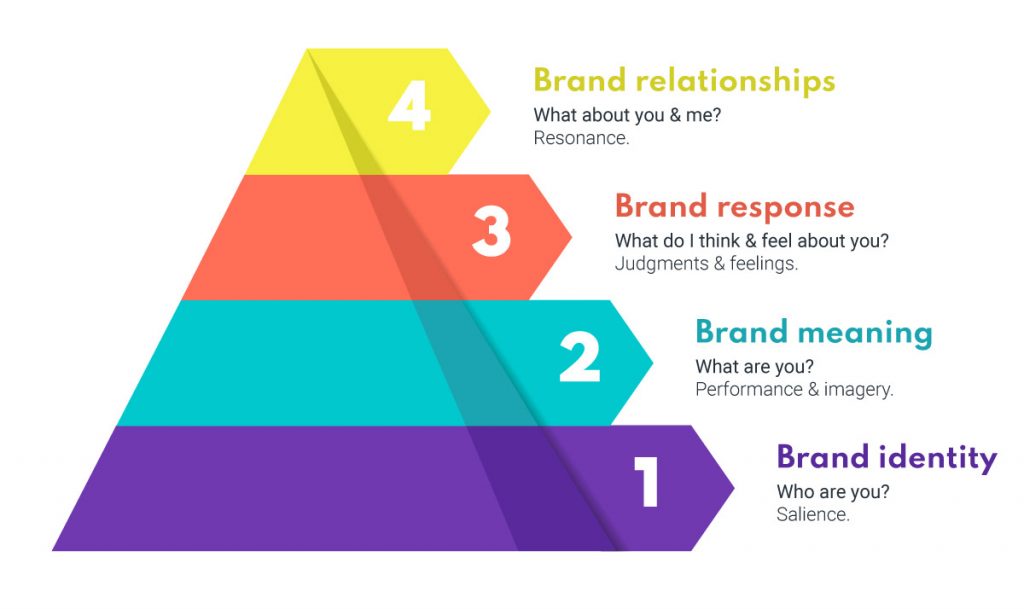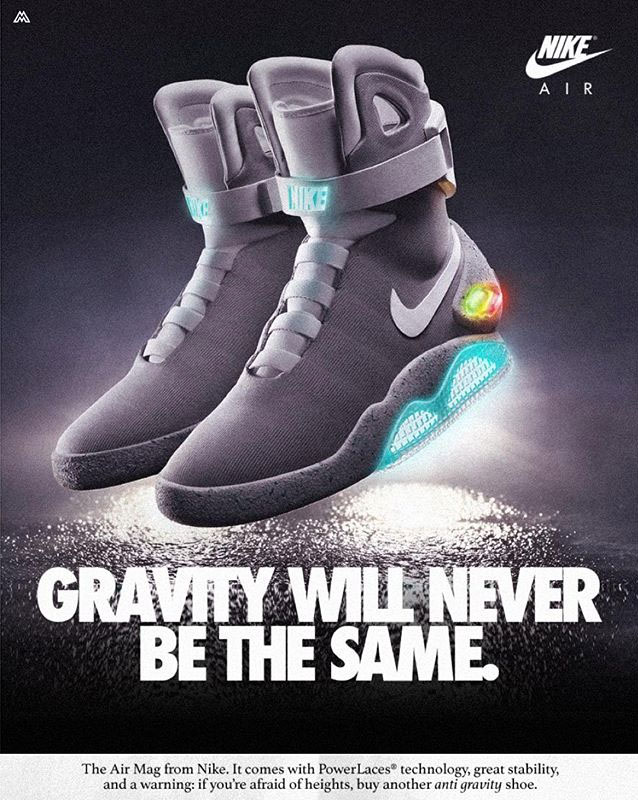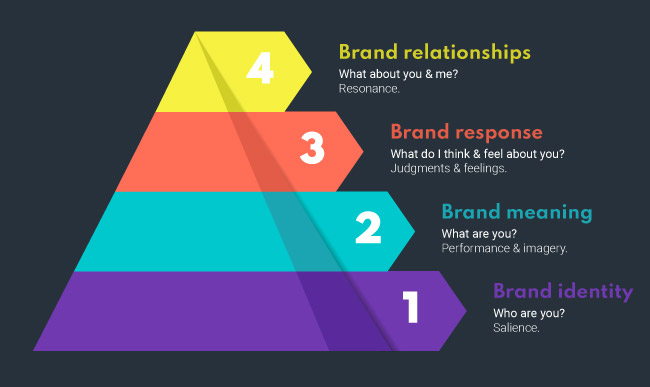Brands and marketers are used to reading all sorts of studies saying one thing and also its opposite. Every once in a while, there’s a new theory, method or tool that is supposed to turn the advertising world upside-down. However, there will always be facts, truths and tricks that are always valid. One of them is: your brand itself is very important. That’s brand equity.
What is brand equity?

Brand equity is the commercial value that derives from consumer perception of the brand name of a particular product or service rather than from the product or service itself. In other words: how the public values a brand.
On the one hand, this is an entirely subjective thing. On the other, economists might argue that the subjective theory of value applies here. The value of your brand is not determined by any inherent property of it, nor by the amount of labor dedicated to building it and making it succeed. It is determined by the importance that your brand has to your (potential) customers.
In other words: it doesn’t matter that your products or services are great if your audience thinks that your brand is not important or valuable.
Your brand matters
Your brand matters and numbers keep confirming that fact over and over again. Over 70% of the population is more likely to buy products of services from a brand they know.
However, knowing a brand does not mean necessarily the brand has more value.
Consider Nike. Nike‘s shoes are amazing, which is why people love them, right? But have people really compared Nike to every other show brand in the world? Do they know for a fact that these are the best shoes?
You don’t need to! Your favorite brand may or may not be the actual best. It is your favorite because it is familiar to you and you identify with its values. You have established a relationship with the brand through its advertising and sponsorship even if you have never bought or used its products

Brand identity is the basis of brand equity
According to Investopedia, brand identity is “the visible elements of a brand, such as color, design, and logo, that identify and distinguish the brand in consumers’ minds”. It is not just image but also, all the attributes that are not necessarily visual.
As you know, not everything is rational. Colors, forms and words all trigger associations that influence our perception. Brand identity has more to do with the way people perceive a brand rather than with what the brand is. That’s why brand equity can’t exist without brand identity.

Defining a brand’s identity is the first step to working on brand image, which triggers brand association and it is the visual vehicle to create brand awareness. Once there is awareness, there is perception. Ultimately, if the perception is positive, there is loyalty. When all these things are aligned and positive, the result is brand equity.
What is brand equity?
Brand equity is the value that customers give to a brand. It depends on the personal opinion of your consumersand is a subjective thing.
How can I build brand equity?
The best way to create a strong brand equity is by developing a robust brand identity first. That includes its logo, colors, message, which contribute to your audience’s perception your brand .










